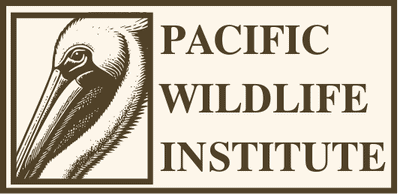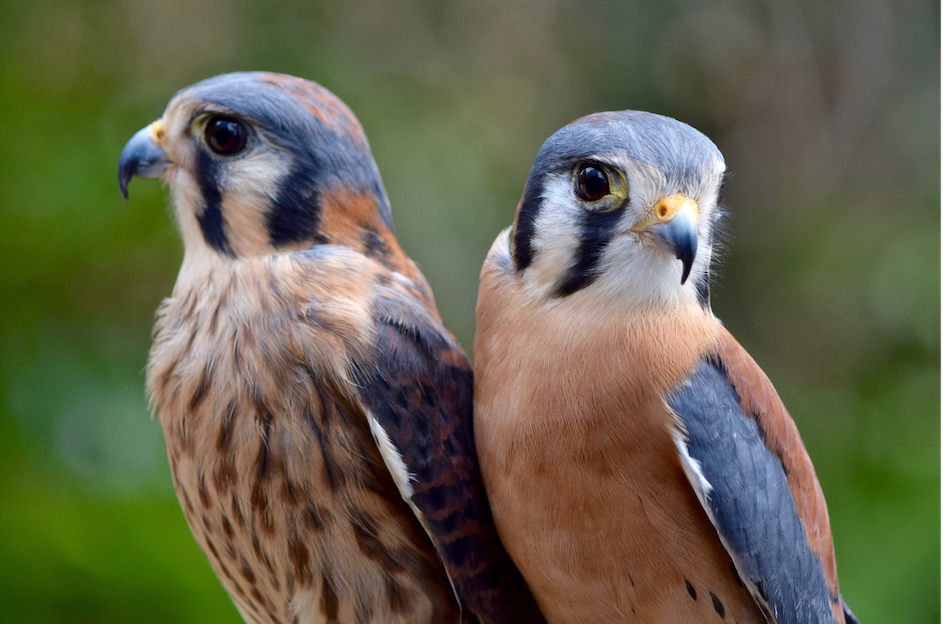Scientific Name and Classification
• Scientific Name: Falco sparverius
• Family: Falconidae
• Order: Falconiformes
Common Names
• American Kestrel
• Sparrow Hawk (historically used)
Description
The American Kestrel is the smallest falcon in North America. Adult males typically have slate-blue wings and a rusty orange back and tail, with a white underbelly sprinkled with black spots. Females are larger than males and have rusty orange wings, back, and tail, all with black barring. Both sexes have a distinctive facial pattern with two vertical slashes on a white face. They measure about 9 to 12 inches in length with a wingspan of 20 to 24 inches.
Distribution and Habitat
American Kestrels are widely distributed across North and South America, from the Arctic to the equator. They thrive in a variety of habitats, including meadows, grasslands, deserts, cities, and suburbs. They prefer open areas with sparse vegetation, which allows them to easily spot and swoop down on their prey.
Behavior
Kestrels are diurnal birds (active during the day). They are often seen perched along fences or telephone wires, scanning the ground for prey. Their flight is characterized by rapid wing beats with occasional hovering. They are solitary hunters but can be seen in pairs during the breeding season.
Diet
Their diet primarily includes insects, small mammals, birds, and reptiles. In urban areas, they may also prey on earthworms and beetles.
Reproductive Information
American Kestrels breed once a year, with egg-laying typically starting between April and July, depending on the region. The female lays 3-5 eggs, which she incubates for about 30 days while the male provides food. The chicks fledge about 4-5 weeks after hatching.
Conservation Status
Currently listed as Least Concern by the IUCN, but their population is in decline due to habitat loss and pesticide use.
Photographs or Illustrations
Images typically show the striking color contrasts of the kestrel’s plumage and its characteristic hunting posture.
Ecological Role
As a predator, the American Kestrel plays a crucial role in controlling the populations of insects and small vertebrates, thus maintaining the ecological balance.
Management Strategies
Conservation efforts are mainly focused on habitat preservation and management, including the maintenance of open fields and meadows and minimizing pesticide use.
How to Attract American Kestrels to Your Property
1. Install Kestrel Boxes: Set up nesting boxes on your property to provide kestrels with a safe place to breed. Ensure these boxes are placed in open areas at least 10 feet above the ground.
2. Maintain Open Grassland: Kestrels prefer open, grassy areas that allow them to spot prey easily. Managing your land to keep areas open and free of tall vegetation can attract them.
3. Limit Pesticide Use: Reducing or eliminating pesticide use helps maintain healthy populations of the insects that kestrels feed on.
4. Provide Perches: Tall perches such as poles or trees are favorable for kestrels to scout for prey. Having a few around your property can make it more attractive to them.
5. Water Sources: Including a water source, like a small pond or birdbath, can help attract kestrels as well as their prey, making your property a suitable habitat.
By creating a welcoming environment with resources like shelter, food, and water, you can encourage American Kestrels to visit or reside on your property.
Click “Buy A Nest Box” below to get started on turning your property into a habitat suitable for American Kestrels


